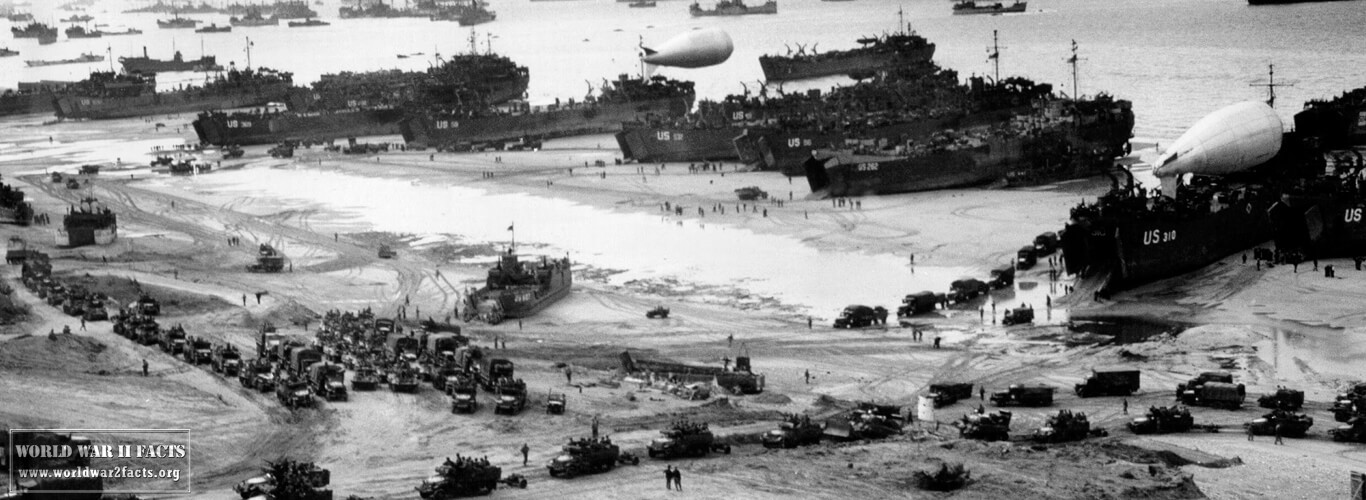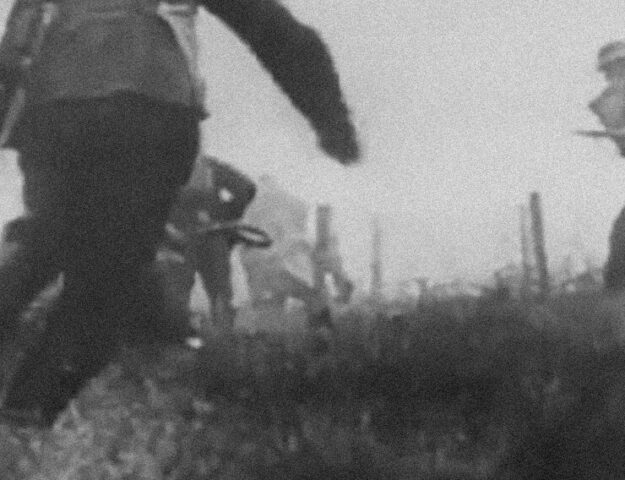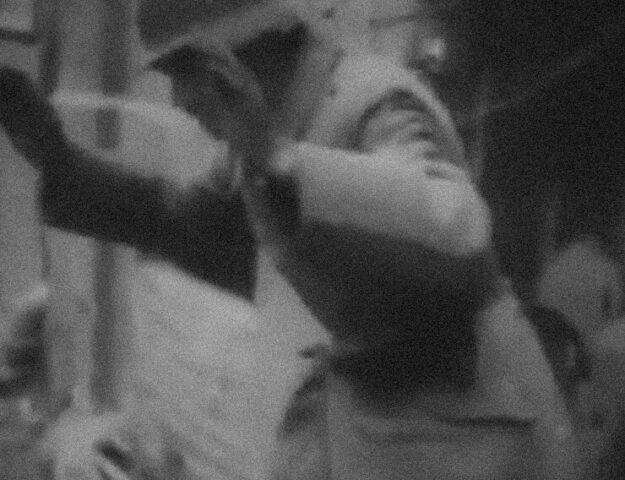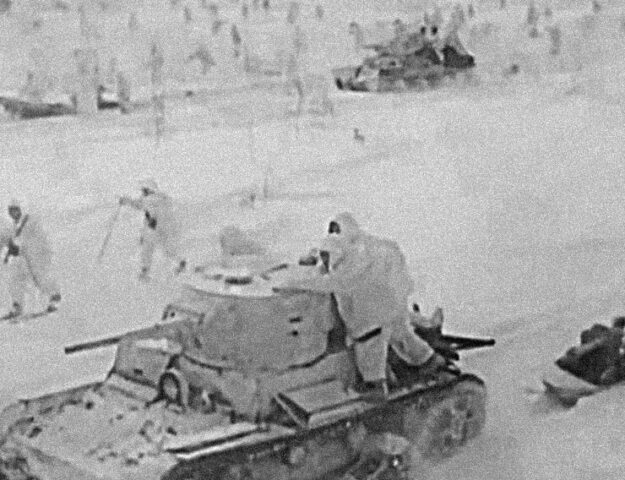Battle of Luzon

Historic Battle of Luzon: Pacific War’s Longest Battle.
Contents
- Historic Battle of Luzon: Pacific War’s Longest Battle.
- Introduction to the Battle of Luzon
- Pacific War and the Battle of Luzon’s Significance
- Forces involved in the battle
- Timeline of the battle from start to finish
- Analysis of the battle’s key events
- Effect of the Battle on the Pacific War
- Impact of the battle on the Philippines and its people
- How the battle is remembered today
- Lessons learned from the Battle of Luzon
- Remembering the Sacrifices Made
- Final Word
The Second World War was one of the most significant events in the history of the world, and the Pacific War, in particular, had a profound impact on the course of human history. One of the most significant battles of this war was the Battle of Luzon, which occurred in the Philippines. This battle was part of the larger Pacific War and was the longest battle of this conflict.
The Battle of Luzon was a decisive victory for the Allied Forces and proved to be a turning point in the Pacific War. In this blog post, we will take a closer look at the Battle of Luzon, its significance, and the events that led up to it. We will examine the strategies employed by both the Allied and Japanese forces and the impact that this battle had on the outcome of the Pacific War. Join us as we journey back in time to explore this historic battle.
Introduction to the Battle of Luzon
The Battle of Luzon, which took place from January 9 to August 15, 1945, was the largest and longest battle of the Pacific War and one of the most significant battles of World War II. It was fought by American and Filipino forces against Japanese forces on the island of Luzon, which is the largest island in the Philippine archipelago.
The battle was a crucial part of the Allied plan to liberate the Philippines from Japanese occupation, and it involved intense ground fighting, air attacks, and naval battles. The Japanese army had fortified positions in the mountains and jungles of Luzon, and they were determined to hold their ground and fight to the death. The battle was marked by many heroic acts of bravery and sacrifice from both sides, and it was a turning point in the war in the Pacific. In this article, we will take a closer look at the Battle of Luzon and examine its historical significance.
Pacific War and the Battle of Luzon’s Significance
The Pacific War fought between the Allied powers and the Empire of Japan during World War II, was one of the most significant and brutal conflicts in human history. Lasting from 1941 until 1945, the Pacific War saw the United States and its allies engage in fierce battles across the vast Pacific Ocean, as they sought to push back against the Japanese Empire’s expansionist aims.
One of the most significant battles in the Pacific War was the Battle of Luzon, fought between January and August of 1945. This battle was significant for a number of reasons. Firstly, it was the longest battle of the Pacific War, lasting for over seven months. Secondly, it was also one of the bloodiest battles of the war, with both sides suffering heavy losses. Additionally, the Battle of Luzon was strategically important as it allowed the Allies to establish air and naval bases in the Philippines, which would prove crucial in the final stages of the Pacific War.
The Battle of Luzon was a turning point in the Pacific War, as it marked a decisive victory for the Allies and dealt a significant blow to the Japanese Empire’s military capabilities. It also paved the way for the eventual defeat of Japan and the end of World War II. The bravery and sacrifice of the soldiers on both sides during the Battle of Luzon will always be remembered as a testament to the human spirit and the cost of war.
Forces involved in the battle
The Battle of Luzon was a major engagement of the Pacific War and involved a significant number of forces from both sides. The Japanese forces were led by General Tomoyuki Yamashita, who commanded the 14th Area Army, while the Allied forces were led by General Douglas MacArthur, who commanded the U.S. Army Forces in the Far East (USAFFE).
The Japanese forces consisted of approximately 200,000 soldiers, including a mix of experienced veterans and new recruits. They were supported by tanks, artillery, and aircraft, giving them a substantial advantage in firepower.
On the other hand, the Allied forces consisted of approximately 250,000 soldiers, including American, Filipino, and other Allied troops. They were also supported by tanks, artillery, and aircraft, but were at a disadvantage due to the lack of experience and training among many of the Filipino soldiers.
Despite the numerical disadvantage, the Allied forces were determined to push back against the Japanese and reclaim Luzon. The fierce fighting that ensued involved numerous battles and skirmishes, with both sides suffering heavy losses. The battle lasted for several months, from January to August 1945, making it the longest battle of the Pacific War.
Timeline of the battle from start to finish
The Battle of Luzon was the longest and largest battle fought in the Pacific War, lasting from January 9, 1945, until August 15, 1945. The battle was fought between the Allies and the Japanese forces, who were determined to maintain control of the Philippines and defeat the Allied forces.
In the initial stages of the battle, the American forces, led by General Douglas MacArthur, landed on the island of Luzon, which was the largest and most populous island in the Philippines. The Japanese forces, led by General Tomoyuki Yamashita, were well-prepared and heavily fortified, with numerous bunkers, tunnels, and artillery positions.
The Allied forces made steady progress, pushing the Japanese back and liberating several major cities, including Manila. However, the Japanese forces were determined to fight to the death and launched several fierce counterattacks, which caused heavy casualties on both sides.
As the battle continued, the Allied forces received reinforcements, including troops from Australia and New Zealand, and continued to gain ground. However, the Japanese forces refused to surrender and resorted to guerilla tactics, which made the battle even more challenging for the Allies.
The battle finally came to an end on August 15, 1945, when Japan announced its surrender. The Battle of Luzon was a significant victory for the Allies, as it paved the way for the liberation of the Philippines and marked a turning point in the Pacific War. The battle was one of the most intense and brutal battles of World War II and is remembered as a testament to the bravery and sacrifice of the soldiers who fought there.
Analysis of the battle’s key events
The Battle of Luzon was one of the most significant battles of the Pacific War and it was fought between the Allies and the Japanese. The battle lasted from January 9, 1945, to August 15, 1945, and it was the longest and largest battle of the Pacific War. During the battle, both sides suffered heavy casualties, and it was a turning point in the war.
The battle began with the landing of the American forces on the island of Luzon in the Philippines. The Japanese forces were well prepared and had fortified their positions, which made the Allied forces struggle to advance. However, the Allies managed to push the Japanese forces back and capture the key cities of Manila and Baguio.
One of the key events of the battle was the Battle of Manila, which was fought between February 3 and March 3, 1945. The battle was one of the most brutal battles of the Pacific War, with both sides suffering heavy casualties. The Japanese forces used guerrilla tactics and fought from hidden positions, which made it difficult for the Allies to advance.
Another significant event of the battle was the capture of Mount Pinatubo by the Allies. The mountain was a key strategic point and was heavily fortified by the Japanese forces. The capture of Mount Pinatubo by the Allies helped them to advance further and eventually led to the capture of the key cities of Manila and Baguio.
In conclusion, the Battle of Luzon was a significant battle of the Pacific War, and it played a crucial role in the eventual defeat of the Japanese forces. The battle was a testament to the bravery and resilience of both the Allied and Japanese forces, and it will always be remembered as one of the most significant battles in the history of the Pacific War.
Effect of the Battle on the Pacific War
The Battle of Luzon was a pivotal moment in the Pacific War. It was the longest and bloodiest battle of the war, lasting from January to August of 1945. The outcome of the battle had a significant impact on the outcome of the war.
At the time of the battle, the Japanese had already been driven from the Philippines and were retreating to the north. The Battle of Luzon was one of their last stands in the region. The American and Filipino forces were able to successfully push the Japanese back and take control of the island. This victory signaled the beginning of the end for the Japanese in the Pacific.
The victory at Luzon allowed the Allies to establish a base for further operations in the region. From there, they were able to launch an assault on the Japanese homeland, which ultimately led to their surrender. The Battle of Luzon was a key turning point in the Pacific War and helped to bring an end to one of the most devastating conflicts in human history.
Impact of the battle on the Philippines and its people
The Battle of Luzon was not only one of the most significant battles of the Pacific War but it also had a profound impact on the Philippines and its people. The battle which lasted for more than six months resulted in the liberation of the Philippines from Japanese occupation. For the first time in more than three years, Filipinos were able to raise their flag in Manila signaling the end of the Japanese rule.
However, the joy of liberation was not without cost. Thousands of Filipino civilians were caught in the crossfire, and many lost their lives during the battle. The city of Manila was left in ruins as a result of the intense fighting. The battle also resulted in the displacement of tens of thousands of people who had to flee their homes to escape the fighting.
The impact of the battle on the Philippines was not just limited to the physical devastation caused by the fighting. The battle also had a profound impact on the social and economic fabric of the country. The war had disrupted the country’s economy, and the battle of Luzon only made things worse. The damage to the infrastructure, loss of lives, and displacement of people had a lasting impact on the country’s economy.
Despite the challenges, the battle of Luzon remains a significant event in the history of the Philippines. It symbolizes the perseverance and resilience of the Filipino people in the face of immense adversity. It is a reminder of the sacrifices made by the people of the Philippines in the fight for freedom and democracy.
How the battle is remembered today
The Battle of Luzon was a significant event in World War II, and it is still remembered by many today. In the Philippines, the battle is commemorated every year on the 9th of April with a public holiday called Araw ng Kagitingan (Day of Valor).
In addition to this, many monuments and memorials have been erected to remember those who lost their lives during the battle. One of the most notable of these is the Manila American Cemetery and Memorial, which contains the graves of over 17,000 soldiers who died in the Pacific Theater during World War II. The cemetery also has a large memorial that lists the names of those missing in action.
The battle is also remembered through books, documentaries, and other media. Many historians have written extensively about the battle and its significance in the Pacific War, and museums and exhibitions have been created to educate people about the events that took place.
Furthermore, the Battle of Luzon played a crucial role in shaping the post-war relationship between the Philippines and the United States. After the war, the US provided significant aid to the Philippines, and the two countries have maintained a close relationship ever since.
Overall, the Battle of Luzon is remembered today as a significant event in World War II and an important moment in the history of the Philippines and the United States.
Lessons learned from the Battle of Luzon
The Battle of Luzon, which was fought during the final stages of World War II, was a landmark event in the history of warfare. It was the longest and largest battle fought in the Pacific theater of the war and resulted in the liberation of the Philippines from Japanese occupation. The lessons learned from this battle are still relevant today and can be applied to modern warfare and conflict resolution.
One of the most important lessons learned from the Battle of Luzon is the importance of strategic planning and coordination. The battle involved a complex series of operations that required careful planning and coordination between different branches of the military. It also required the cooperation of local resistance forces and civilians, who played an important role in providing intelligence and support. The success of the operation was due in large part to the leadership and planning of General Douglas MacArthur, who had a clear vision for how the battle should be fought and won.
Another lesson learned from the Battle of Luzon is the importance of adaptability and flexibility. The battle was marked by a series of unexpected challenges and setbacks, including difficult terrain, bad weather, and fierce resistance from Japanese forces. The ability of the Allied forces to adapt to these challenges and adjust their tactics accordingly was a key factor in their ultimate victory.
Finally, the Battle of Luzon demonstrated the importance of perseverance and determination in the face of adversity. The battle lasted for several months and was marked by intense fighting and heavy casualties. Despite these challenges, the Allied forces remained dedicated to their mission and never gave up. Their perseverance ultimately paid off, as they were able to achieve their objective of liberating the Philippines and bringing an end to the war in the Pacific.
Overall, the lessons learned from the Battle of Luzon continue to be relevant today and can be applied to a wide range of military and strategic contexts. By studying the history of this important battle, we can gain valuable insights into how to plan and execute successful military operations and achieve our objectives on the battlefield.
Remembering the Sacrifices Made
The Battle of Luzon was not only the longest battle of the Pacific War, but it was also the most significant and costly conflict for both sides. The battle lasted for over 8 months, resulting in the loss of thousands of lives, including civilians, soldiers, and guerrillas. The war also left a deep impact on the Philippine economy and infrastructure, with many areas left in ruins.
It is important that we remember the sacrifices made during this battle and throughout the Pacific War. We honor the brave soldiers who fought for freedom and democracy, and the civilians who endured immense suffering during this time. Through their sacrifice, we can enjoy the peace and prosperity we have today.
By looking back at the Battle of Luzon, we can learn valuable lessons about the consequences of war, the importance of diplomacy, and the need for international cooperation. It is our responsibility to remember the past, honor those who came before us, and work towards a better future for all.
Final Word
We hope this blog post has given you an insightful look into one of the most significant battles in history, the Battle of Luzon. As we take a look back at the Pacific War’s longest battle, it’s essential to remember the bravery and sacrifices made by all those involved in the conflict. We hope that this post has helped you understand the history behind this historic battle and its impact on the world. Let us remember the brave souls who fought, fell, and sacrificed for our freedom.




